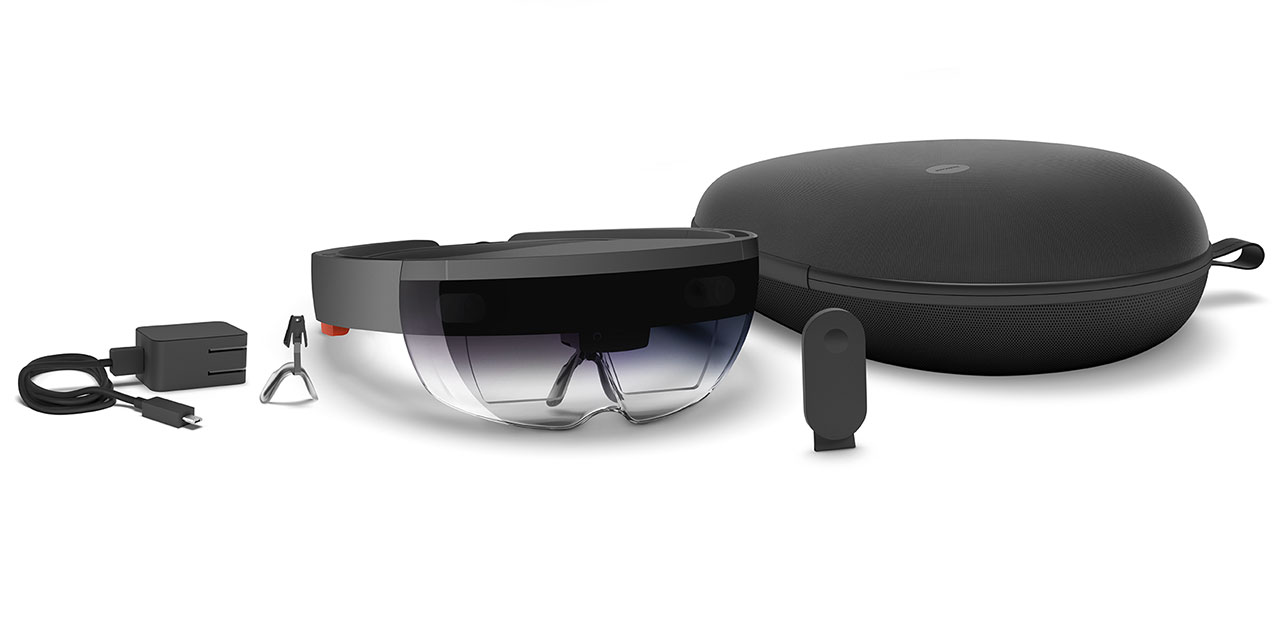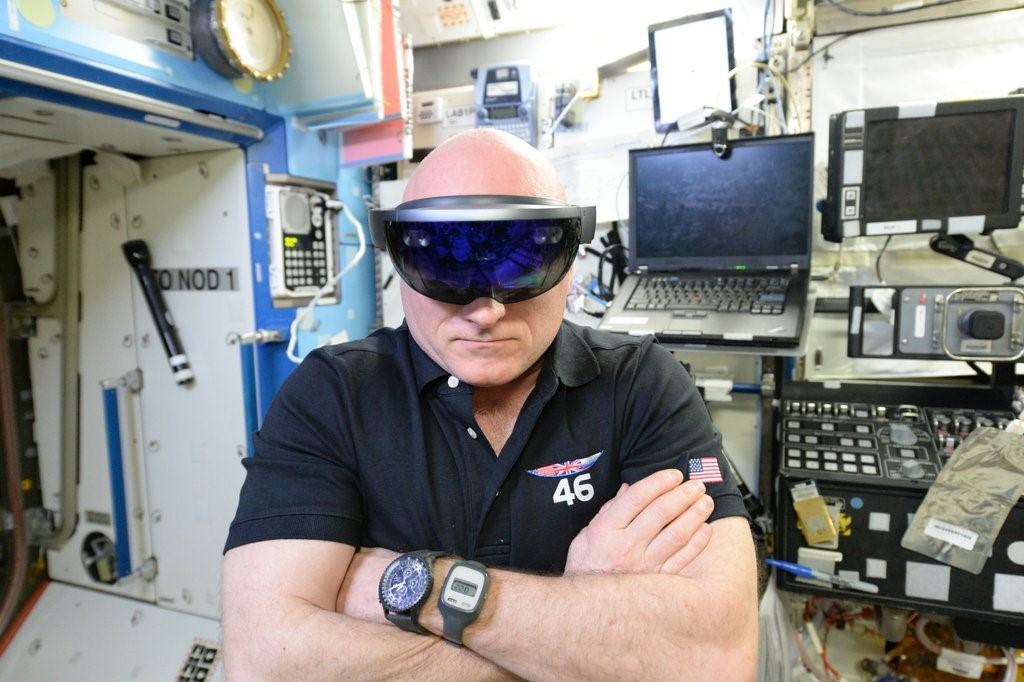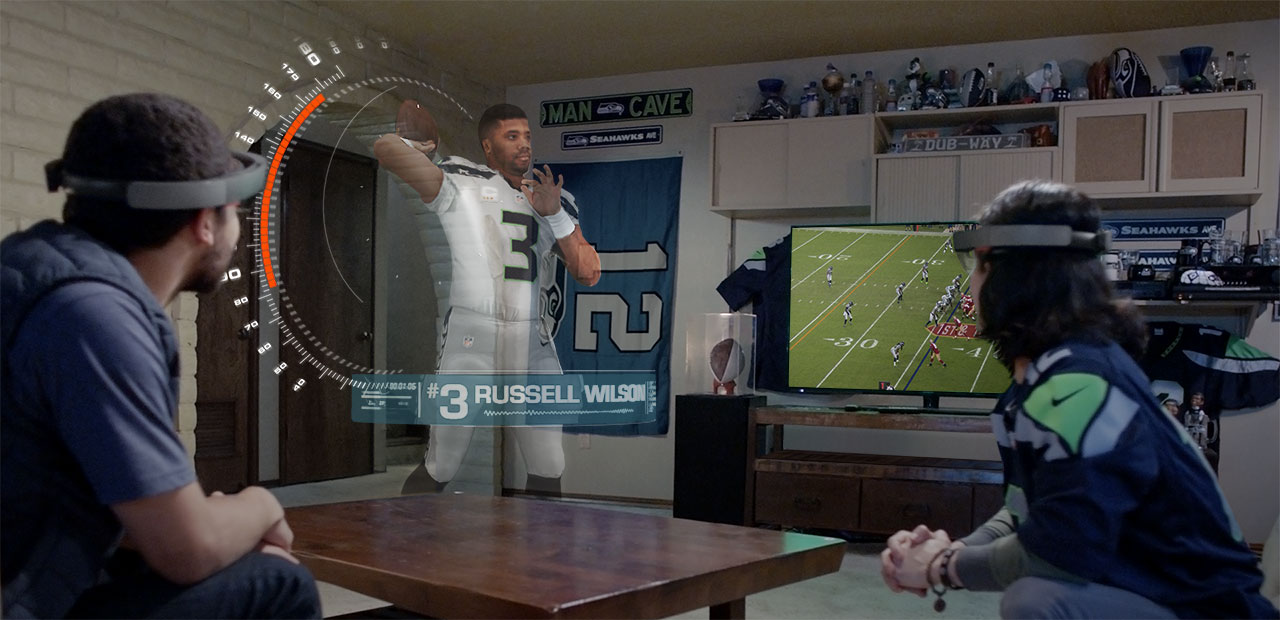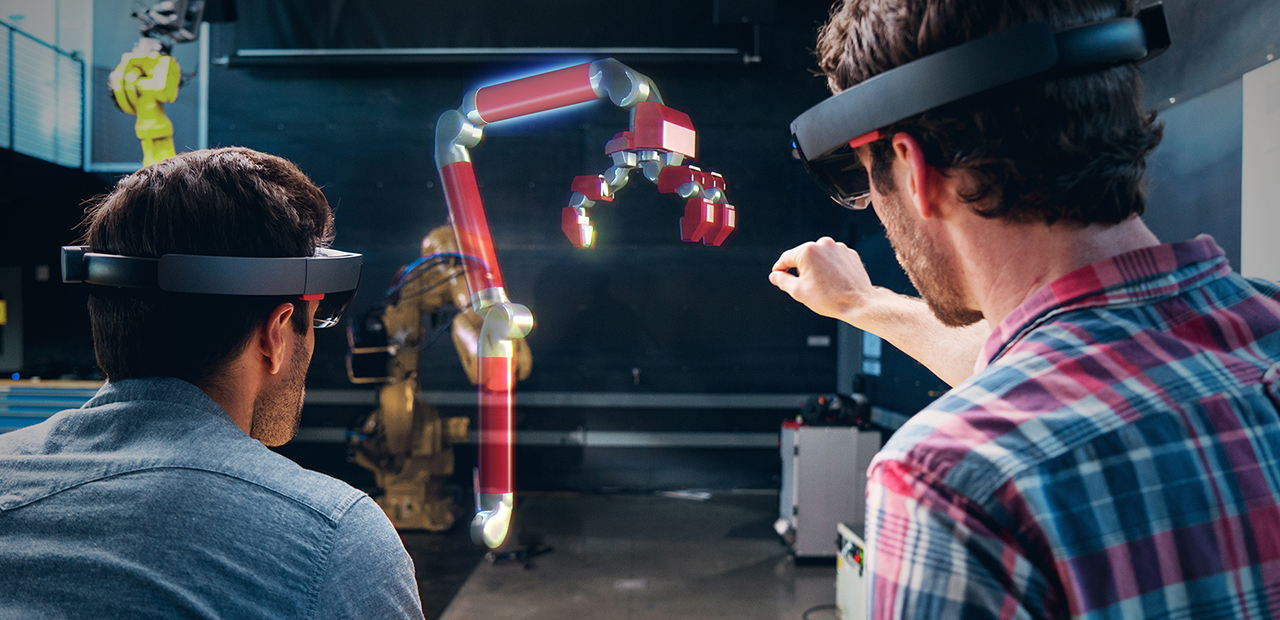Introducing first ever experiences for the Microsoft HoloLens Development Edition
While we have been dreaming and delivering holographic experiences since we announced last year, nothing is more exciting to me than seeing what developers dream up when the Microsoft HoloLens Development Edition starts shipping next month.
With HoloLens, we are committed to providing the development community with the best experience possible. In order to help get developers started creating experiences for HoloLens, we’ve provided a number of great resources. First of all, there is a complete set of documentation provided to developers both by the people who have created the platform and by the people who have been building holographic experiences. We want to share all of our holographic knowledge with developers so they can start bringing their holographic dreams to reality as easily as possible. We have also provided a host of tutorial videos to help people along. All of the documentation and videos can be found at dev.windows.com/holographic.
We also have provided information on how to create holographic apps as Universal Windows Platform (UWP) apps. We want to make sure that each of the holographic apps you build are able to capitalize on the enormous success and fast adoption of Windows 10.
As a developer, I believe the documentation and tutorial videos will be instrumental in making holographic development as delightful as the holograms themselves. But nothing illustrates key development strategies and best practices like being able to see and experience a comprehensive portfolio of actual holographic apps. It is with this in mind that we have provided for developers a free portfolio of holographic experiences for people to enjoy.
These experiences are available to all developers at no cost in the Windows Store and represent the development knowledge and expertise our teams have acquired over years of working on this holographic platform. Each of these experiences have been delivered to highlight unique capabilities of HoloLens and to illustrate for developers how they can be used in every day applications. It is our hope that these example applications can be used as a jumping off point for how any developer can create amazing 3D content for HoloLens.
The first is HoloStudio. It’s the first program of its kind, allowing people to easily create 3D in 3D – at real-world scale. We are hopeful that this application will easily allow any developer to envision and create the holograms they need for their own applications. But HoloStudio also shows how to use the HoloLens interaction model of gaze, gesture, and voice. The interactions needed to create detailed holographic models push the platform’s ability to make interacting in 3D natural and we believe this application will show high quality examples of how to make this simple for customers. HoloStudio also allows for integration with OneDrive, and easily exports to 3D print or Sketchfab.
Our Development Edition also runs Skype enhanced to allow people to communicate using holograms! We believe Skype is an important experience to highlight for developers for two reasons. First, it shows a best in class example of how you can build a holographic application that can be enjoyed by people who don’t have a HoloLens. Skype on HoloLens allows people running Skype on any Windows device to interact in the holographic world. This application will show how holograms can be used for remote collaboration and training in a way previously impossible. This type of communication has enormous potential in both the consumer and business world. Secondly, it will allow developers to communicate with each other using the holographic medium to share development methods and seek the advice of others. With Skype, you can see the holograms the other person is seeing and you can use holograms to illustrate helpful techniques or development approaches. It is our hope that the holographic development community will be just that – a community. We are all defining the future of holograms together. Skype on the Development Edition will allow us all to stay connected and help each other build our holographic applications. I look forward to seeing you on a holographic Skype call soon.
As developers, we have experimented extensively to determine the best mix of the real world and the digital world in the space of mixed reality. An experience like Skype heavily indexes in the real world – allowing the holograms to be instrumental highlights in your space. But we also wanted to provide developers with a more immersive experience that shows the unique capabilities Microsoft HoloLens has as a platform in a digitally immersive application. It is with this in mind that we bring you HoloTour. On the Development Edition, HoloTour allows people to transport to a different location and experience it like they are really there. You see high-resolution 360-degree panoramic displays of places like Rome and Machu Picchu. HoloTour highlights two unique capabilities of HoloLens. Being untethered, HoloLens allows you to enjoy a virtual trip by actually walking around the location. While immersive, the experience still embraces mixed reality, as it allows you to physically walk around spaces and get up close to objects while remaining untethered from a PC, phone or other device. HoloTour is also a showcase for the spatial sound capabilities of this platform. When you are walking around Rome, the sounds of the city surround you – just like you were actually there. It is incredibly realistic and has to be heard to be believed.
Gaming is clearly an exciting and lucrative genre of content on any development platform. Having been a gamer my whole life, and a game developer all of my adult life, it is an area of passion for me as a developer. For the HoloLens Development Edition, we have delivered 3 unique examples of mixed reality games that demonstrate the elements of holographic gameplay that no other platform can deliver.
The first is called Fragments. This is a gaming experience I am particularly proud of. Fragments is a mixed reality crime drama that unfolds in your own environment. Gamers are able to investigate clues and solve crimes that are seemingly taking place in their own living rooms. As a holographic platform highlight, Fragments demonstrates how creators can build characters and storylines that drive a higher level of emotional engagement and attachment than you can with any other medium. Trust me, the first time one of our Fragments characters comes in to your home, sits down on your sofa, and strikes up a conversation with you it is an unforgettable experience. But this game also taught us something unexpected about mixed reality. Fragments blurs the line between the digital world and the real world more than any other experience we built. When your living room has been used as the set for a story, it generates memories for you of what digitally happened in your space like it was real. It is an experience that bridges the uncanny valley of your mind and delivers a new form of storytelling like never before.
We have also built an incredibly delightful platform game called Young Conker. Young Conker is unique because it takes traditional platform gaming mechanics and sets them loose in your real world environment as the gameplay level. This creates gameplay that can only be done in mixed reality. One of the most exciting things we discovered with Young Conker is how unique the gameplay is based on where you play. Unlike with traditional video games, where people play the same digitally created levels – Young Conker tailors each of the levels you play to your real world. This means every person gets a unique gameplay experience since each gamer’s real world environment is unique. It is amazing how different the play experience feels based on playing the game in your living room versus your kitchen or your bedroom. Even starting the game from a different position in a single room creates an entirely new gameplay dynamic. Young Conker brings to life a focus on fun gaming mechanics that, as a game developer, is delightful to me. Since the environments are real world ones instead of digitally created, it puts the development focus on making the gaming mechanics fun. Plus, as a developer, mixed reality games are much easier to make. You don’t need large teams creating assets. The assets already exist in the real world. You can create a world of endless and unique gameplay based on the core of what makes games fun – the gameplay!
Both Fragments and Young Conker were created in partnership with Asobo Studio. Asobo Studio is well known in the gaming community for their creativity, their ability to deliver showcase experiences around new technologies, and their ability to deliver emotionally engaging gameplay. It was important to us to co-develop part or our initial holographic experiences with a partner so we could put the Microsoft HoloLens platform to the test. Working with Asobo Studio gave us key insights around how to fine tune our work with the platform for developers including improvements around our holographic emulator, our documentation, and the need to provide the development community with critical example applications that you will now get to enjoy. Asobo Studio has been at the forefront of holographic development from the beginning and the growing pains we shared together hopefully has made the overall development experience easier for everyone. For that Asobo, we thank you!!
The third gaming experience available to all developers in the Windows Store is called RoboRaid. Previously codenamed Project X-Ray, RoboRaid started as a passion project inside our development team. The basics of RoboRaid were built during our team’s “wacky week” where we let our developers build anything with holograms they want. Within a week, a small group of developers had an enormously compelling 1st person holographic shooter up and running. RoboRaid has you defending your own home against an alien invasion. It is a highlight of how our key holographic platform features can be used in gaming. It uses your real world as the environment. Nothing adds urgency to 1st person shooter gameplay like seeing alien robots breaking through the walls of your own home. It uses spatial sound as a huge feature of the game. When you hear walls crumbling behind you it is impossible to not spin around and defend your turf. It highlights how to use our gaze, gesture, and voice input model in a fast and frenetic gameplay experience. We learned a lot as holographic developers building and playing this game and we hope you do the same. RoboRaid was created by a team of 8 people over the course of 12 weeks. It shows how even a small development team can build a holographic showcase people will love.
Finally, starting this summer, developers will be able to experience a completely new holographic storytelling medium for the Development Edition that we call Actiongram. This experience was designed for creative coders and content creators, providing what we think is the most amazing way to tell digital stories that might otherwise be impractical or impossible. Actiongram uses mixed reality capture (MRC) to blend holographic content into real world settings, allowing anybody to create emotionally compelling and humorous videos. These are videos that previously could only be created using expensive effects packages by people with extensive 3D training. Now, anybody can create their own mixed reality videos!! We will be delivering new content for Actiongram regularly so that you can continually express yourself in this holographic medium. We are incredibly excited to see how people use this new storytelling tool to tell their own personal stories.
We are thrilled to be able to offer such a variety of experiences with the Microsoft HoloLens Development Edition. Building these experiences has been a labor of love for all of us. I speak for our entire development team when I say we could think of nobody we would want enjoying these experiences more than the developers who have bought the Microsoft HoloLens Development Edition. I could not dream of a more exciting moment in time than the first time I boot up my personal HoloLens and see one of your holographic experiences available to me in the Windows Store. As thrilled as I have been to be at the forefront of holographic computing, it is clear that as a development platform we are just scratching the surface of what the world can do with holograms. Nothing we can create here at Microsoft is as powerful or creative as the imagination of the worldwide development community. We hope you are excited about the potential of holograms. We look forward to determining the future of holographic computing with you. I truly wish you have as much fun making your own holographic experiences as we did creating the Microsoft HoloLens Development Edition for you.
If you ever have any development questions you want answered, feel free to reach out to me on twitter @KudoTsunoda. Let’s build the future together!!
Kudo Tsunoda





